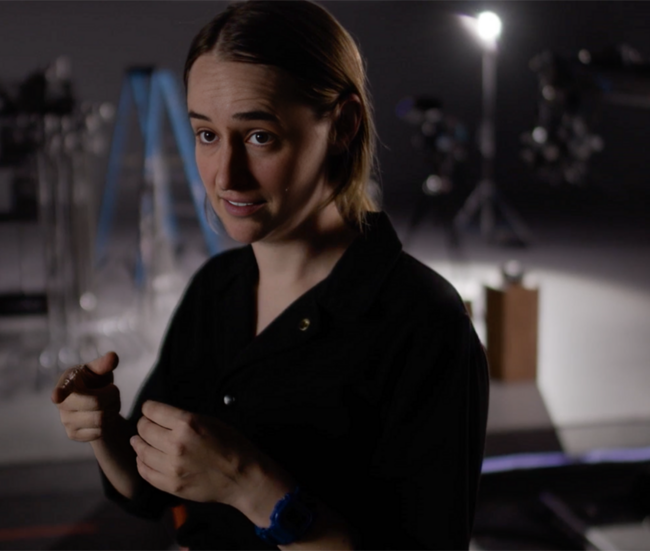
(The New Year Parade is now available on DVD through Carnivalesque Films. Visit the film’s official website to watch the trailer.)
A local Austin record collector was telling me about a group of 1940s era Western Swing 78rpm records that were recorded and distributed only in Texas. The records were pressed in small batches but the micro record companies that distributed them all were profitable until the ’50s when the big national companies came onto the scene. Today with filmmaking costs so low, the old local record label concept may be poised to reemerge and allow for a purely local film scene to blossom. The New Year Parade is a film that is entrenched in the culture and multi-generation working class Irish community of South Philadelphia. The excellent non-professional cast and the story of a family that is torn apart by divorce is centered in the Philly phenomenon of Parade and marching band clubs. The film will serve both as a mirror and a document for this unique urban community.
Jack (played by first-timer Greg Lyons) plays banjo in his father’s South Philly String Band. The band loses the parade competition every year and though they are dreaming big for next year Jack is at the end of his patience. His father and mother are living apart and caught in the middle of their divorce is Jack’s 16 year old sister (played by Jennifer Welsh, another first-timer). The film is strongest when it is focused on the young girl and her struggle to cope with both her own sexuality and her parents infidelity and divorce. I was a bit surprised that there wasn’t a religious component to her struggle but I was happy that her character hadn’t seen Juno and thus she had a healthy attitude toward the value of birth control.
 Lyons carries a heavy burden as the conflicted Jack, and not just because his character is so oppressed. His limited range as a first-time actor is amplified by direction and writing that tends to be at times monotone; consequently, he tends to appear a bit hangdog and mopey. An awkward use of generic music doesn’t drive the story as it was probably intended, but the rich reality based narrative, local extras, solid lead performances, and authentic working class setting is what makes the film sing.
Lyons carries a heavy burden as the conflicted Jack, and not just because his character is so oppressed. His limited range as a first-time actor is amplified by direction and writing that tends to be at times monotone; consequently, he tends to appear a bit hangdog and mopey. An awkward use of generic music doesn’t drive the story as it was probably intended, but the rich reality based narrative, local extras, solid lead performances, and authentic working class setting is what makes the film sing.
While I was watching The New Year Parade I thought about all of the various ethnic communities I grew up amongst in NYC, most of which have now almost all been destroyed by what I call Urban Wealth Blight. The fact that such a working class multi-generational community actually still exists in a major city is amazing. Unfortunately, I fear that this film will one day be viewed as a time capsule of an era long gone.
In the Q&A, the director Tom Quinn was asked if he had found distribution. He said a few deals were in the works with a couple of ‘Big Distributors,’ but he shrugged and said that he knows there are probably 15,000 people in Philly who are somehow connected to someone who appears in the film or attends the annual parade. He is absolutely right. The New Year Parade will surely be loved by everyone who flocks to the streets of Philly every New Year’s Day and this crowd alone will make the film a major financial success. To heck with those big distributors.
— Mike S. Ryan











